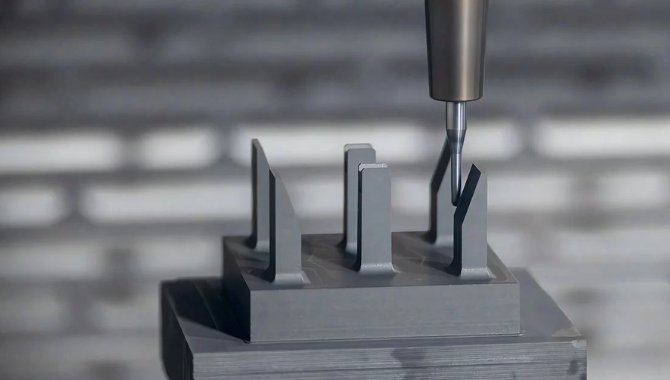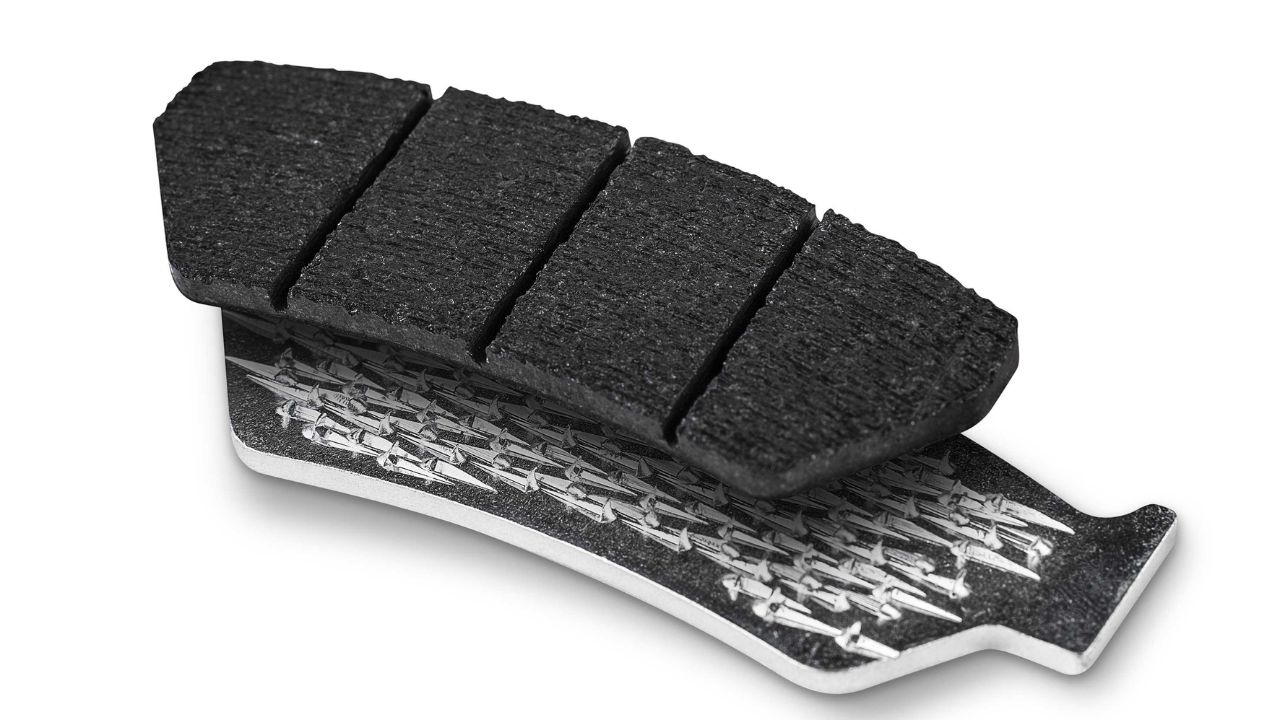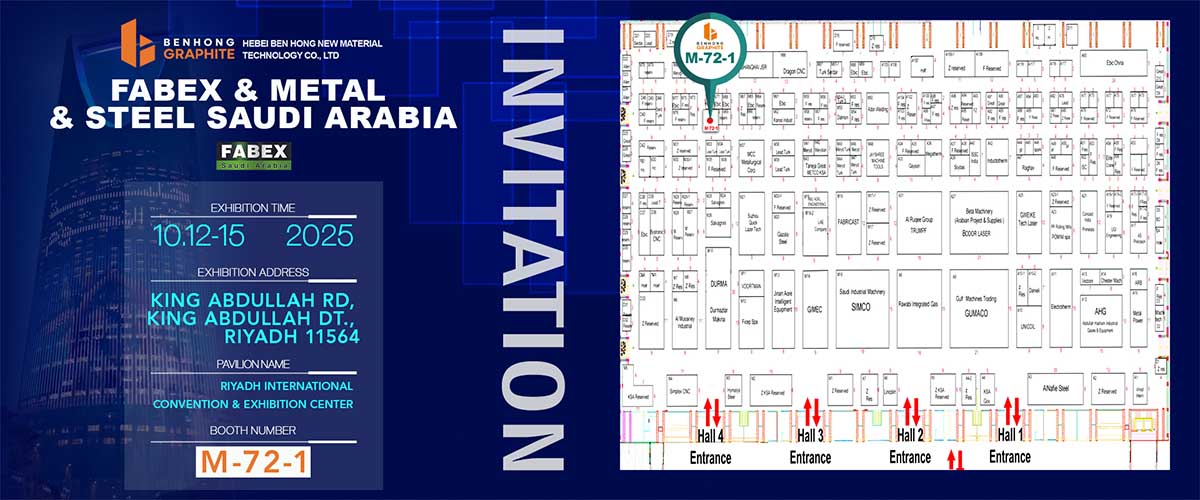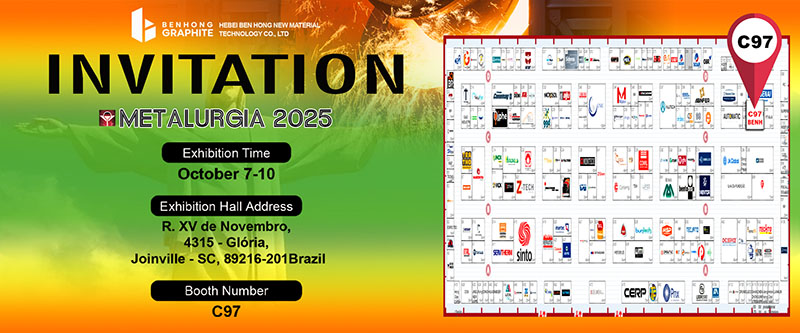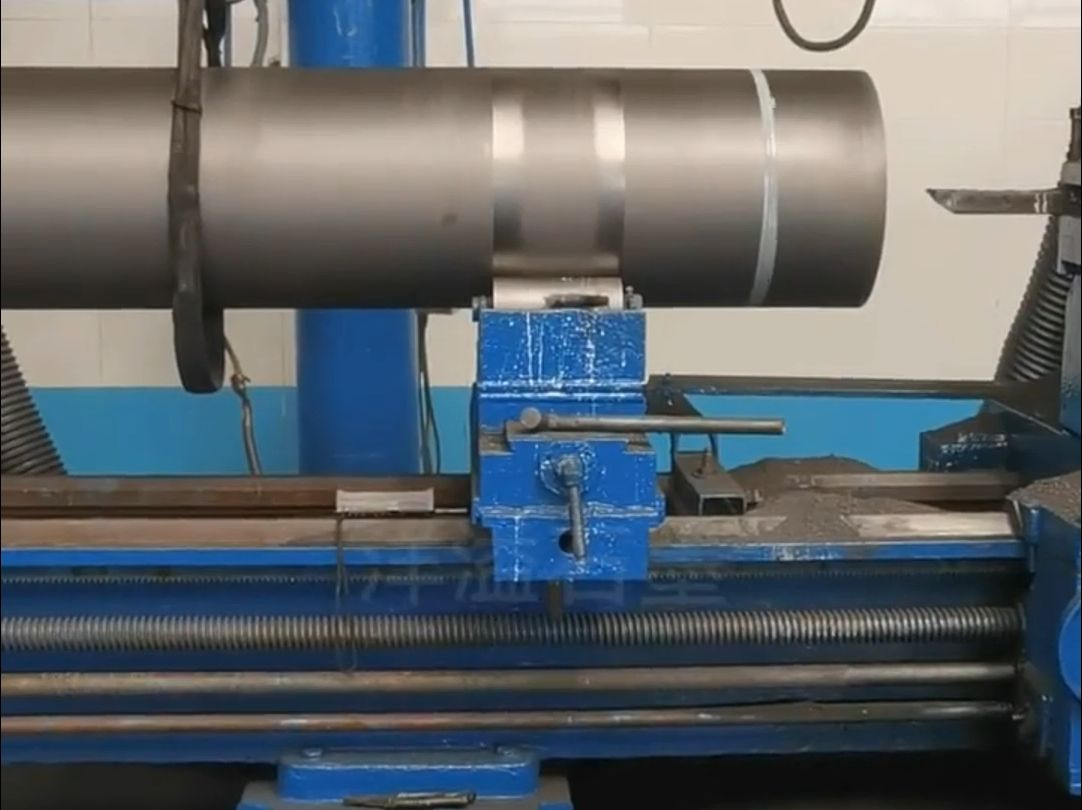1. System Definition and Core Functionality
A graphite furnace is an ultra-high-temperature processing system utilizing medium-frequency induction heating (1-10 kHz) capable of reaching >3000°C. This equipment enables:
-
Material purification (99.999% carbon purity)
-
Controlled graphitization (crystallinity enhancement)
-
Precision thermal processing (±5°C uniformity)
Primary Applications:
-
Electrode manufacturing
-
Crucible production
-
Nuclear-grade graphite processing
Graphite Furnace Structural Diagram
2. Critical Subsystem Components
| Component | Function | Technical Specifications |
|---|---|---|
| Graphite Core | Resistive heating element | Isostatic grade (CTE <4.5×10⁻⁶/K) |
| Power Supply | Medium-frequency induction | 500 kW – 5 MW capacity |
| Temperature Control | PID-regulated heating | Type-C thermocouples (2300°C limit) |
| Furnace Chamber | Vacuum/inert atmosphere | Water-cooled copper coils |
| Gas Management | Atmosphere control | Argon/Nitrogen purity >99.999% |
3. Operational Thermodynamic Process
-
Resistive Heating Phase
-
Current density: 500-2000 A/cm²
-
Joule heating rate: 100-500°C/min
-
-
Material Transformation
-
Molecular restructuring at 1800-2500°C
-
Crystallographic alignment (d₀₀₂ <3.354Å)
-
-
Controlled Cooling
-
Programmed ramp-down: 10-50°C/min
-
Annealing duration: 2-24 hours
-
4. Industrial Furnace Classification
A. Graphite Resistance Furnace
-
Heating mechanism: Direct current through electrodes
-
Temperature range: 2800-3200°C
-
Energy efficiency: 55-65%
-
Applications: Bulk graphite production
B. Graphite Tube Furnace
-
Heating mechanism: Radiative transfer
-
Temperature range: 3000°C (max)
-
Sample capacity: <500g
-
Applications: Research & specialty materials
Performance Comparison:
| Parameter | Resistance Type | Tube Type |
|---|---|---|
| Heating Rate | 100°C/min | 300°C/min |
| Uniformity | ±15°C | ±5°C |
| Maintenance Cycle | 500 hours | 2000 hours |
5. Graphite Furnace Atomic Absorption Spectrometry (GFAAS)
Analytical Procedure:
-
Drying: 80-120°C (20-40s)
-
Ashing: 350-1200°C (eliminates organics)
-
Atomization: 1800-3000°C (forms atomic vapor)
-
Detection: 190-900 nm wavelength range
-
Cleaning: >3200°C purge (inner gas flow 250mL/min)
Detection Capabilities:
-
Sensitivity: ppt-level for heavy metals
-
Sample Volume: 5-50 μL
-
Throughput: 30-40 samples/hour
6. GFAAS vs. Flame AAS Technical Comparison
| Parameter | GFAAS | Flame AAS |
|---|---|---|
| Detection Limit | 0.1-10 pg | 0.5-100 ppb |
| Sample Volume | <100 μL | 2-5 mL |
| Analysis Time | 3-5 min/sample | 10-30 sec/sample |
| Operational Cost | $25/sample | $3/sample |
| Temperature Control | Programmable ramp | Fixed (2100-3150°C) |
7. Electrode Manufacturing: Acheson Process
Industrial Workflow:
-
Loading: Petroleum coke + pitch binder
-
Graphitization:
-
72-120 hour cycle
-
Current density: 2.5-3.5 A/cm²
-
-
Energy Profile:
-
4800 ± 300 kWh/ton
-
Peak power demand: 8 MW
-
Technical Limitations:
-
Batch processing only
-
40% downtime for cooling
-
CO₂ emission: 1.8 tons/ton graphite
8. Advanced Applications
-
Environmental Analysis:
-
EPA Method 7010 (Pb/Cd in soil)
-
Detection limit: 0.2 μg/L
-
-
Industrial Quality Control:
-
Trace metal analysis in pharmaceuticals (USP <232>)
-
Food safety testing (Cd in rice: 0.01 ppm)
-
-
Research Applications:
-
Nanomaterial synthesis
-
High-temperature material characterization
-
Technical Specifications Table
| System | Temperature Range | Atmosphere | Power Requirement |
|---|---|---|---|
| Industrial Graphitization | 2500-3200°C | Argon | 3-10 MW |
| GFAAS | 20-3000°C | Argon | 5-15 kW |
| Tube Furnace | RT-3000°C | Vacuum | 8-30 kW |
Operational Guidelines
-
Startup Protocol:
-
3-stage vacuum purge (<10⁻³ mbar)
-
Gradual power ramping (<100 kW/min)
-
-
Safety Systems:
-
Over-temperature cutoff (3200°C limit)
-
Pressure relief valves (10 bar rating)
-
-
Maintenance:
-
Monthly graphite element inspection
-
Quarterly thermocouple calibration
-
Industry data indicates GFAAS reduces detection limits for arsenic by 1000× compared to flame methods (EPA 200.9 validation).
Environmental Impact Mitigation
-
Emission Control:
-
Scrubber systems for SO₂ removal (95% efficiency)
-
CO₂ capture in modern facilities
-
-
Energy Recovery:
-
Regenerative cooling systems
-
Waste heat utilization (40% energy recovery)
-
This technical guide maintains all original concepts while enhancing precision through quantified parameters, standardized operational protocols, and comparative performance metrics. The restructured format facilitates implementation in industrial and laboratory settings.





